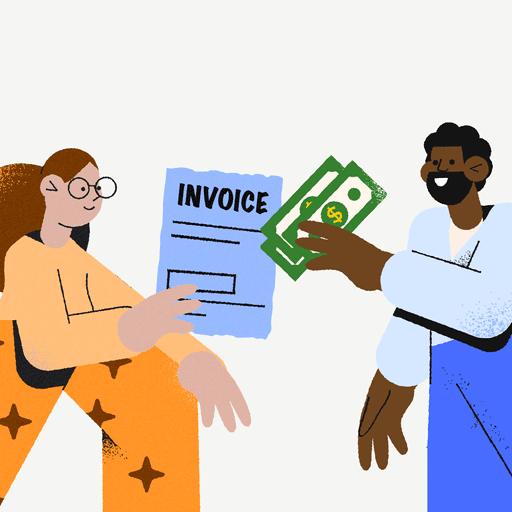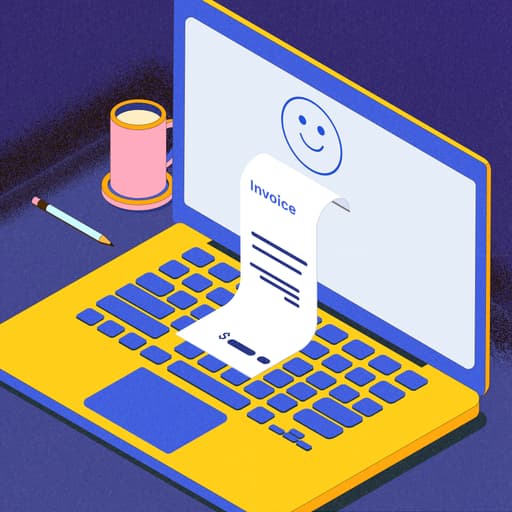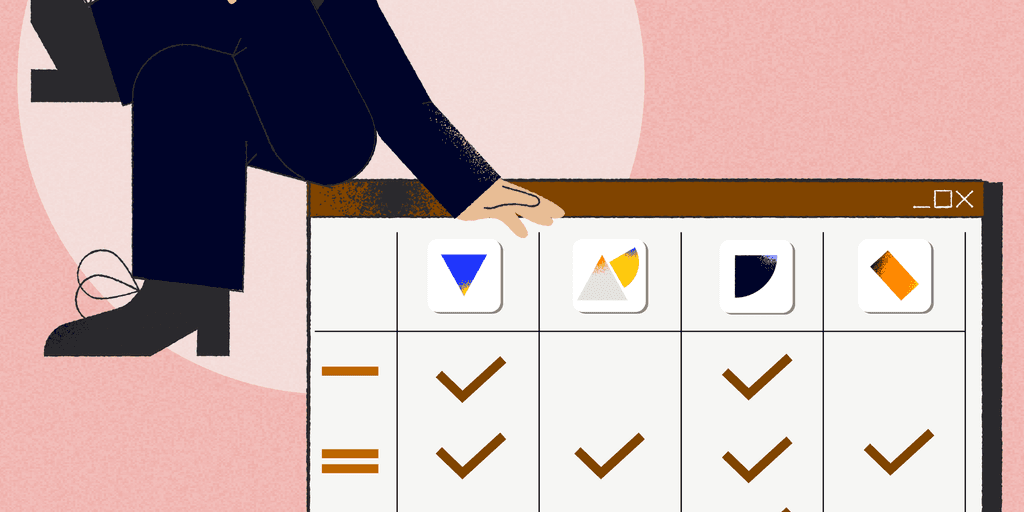
How Email Masking Can Help Solve Invoice Deliverability Problems
- 7 min read
This article looks at what email masking is, why email masking and invoice delivery matter (and go hand-in-hand), and best practices to follow for better customer invoicing.
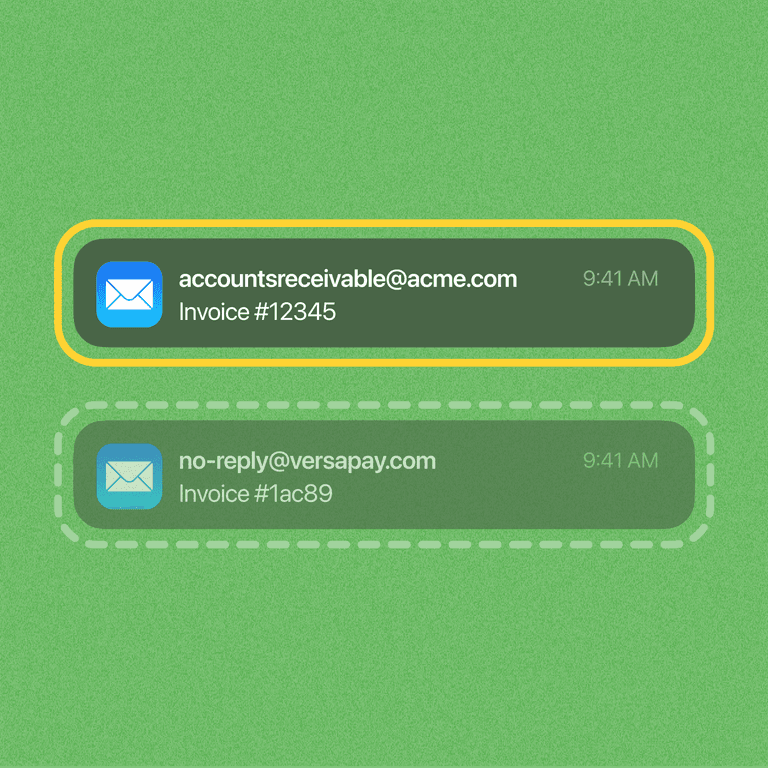
For accounts receivable (AR) teams, invoice deliverability is a central challenge. Very often, they hear that customers “aren’t getting their invoices” or that their “invoices aren’t being delivered.” The reason for the disconnect isn’t entirely clear. After all, AR usually has a record that the invoice was mailed or emailed. But the customer remains certain that the invoice never arrived.
AR teams can work on improving invoice deliverability by instituting accounts receivable automation software, which sends invoices like clockwork—eliminating human error—and maintains a copy of the invoice in a cloud-based customer payment portal for buyers to access at any time.
The only problem with this solution is that buyers may ignore emails sent by an automated system, even if those emails contain an invoice that the buyer needs to pay. After all, it’s common to ignore emails from someone we aren’t familiar with.
Enter, email masking.
This is the practice of making an automated system’s email look like it comes from the seller’s domain. This strategy helps increase invoice deliverability, which leads to faster and more reliable cash flow.
Table of Contents
What is email masking?
Email masking is white-labeling emails sent from one’s automated system—for our purposes, an accounts receivable automation system. The emails that your AR system sends to alert your customer of various events, such as having an invoice in the portal or the fact that payment is past due, will look like they come from your company.
For instance, emails sent from Versapay on behalf of a seller will appear as though they’re coming directly from the seller’s domain, rather than a generic “[email protected]” address.
In the below email masking example, a seller has sent a customer an introduction to Versapay’s automated accounts receivable payment portal—a “Welcome to Versapay” email. The “from” field is populated by an address that appears to be from the seller’s domain, [email protected], not from Versapay, even though Versapay sent this email as part of its automated communications.
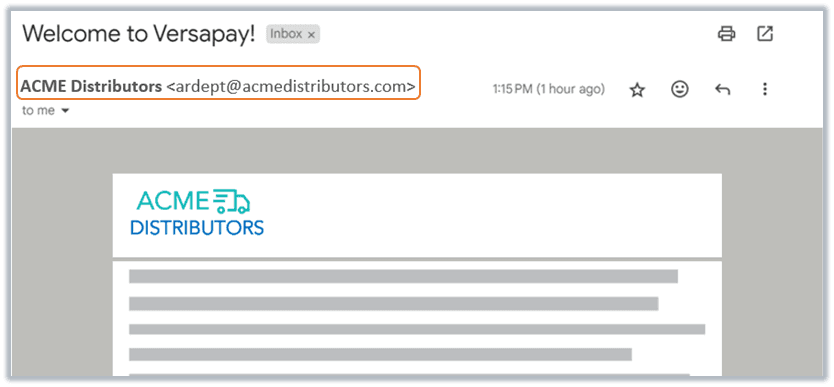
Why invoice deliverability and email masking matter
When your company adopts new software, you typically want to see ROI quickly. In other words, you desire “speed to value”—to get immediate value out of the software you purchase.
In the case of accounts receivable automation software, that speed to value stems directly from increased invoice deliverability and higher customer adoption rates. When your customers adopt your new system, they switch to using the portal to communicate with your AR team, and before you know it, the typical refrain goes from “I never got that invoice” to “I’ll pay the invoice through the portal.”
Adoption starts with trust, and trust starts with emails that are clearly from the seller. Data shows that about 27% of invoice payments each month are delayed due to lapses in communication, of which an email that isn’t opened by its recipient is a prime example. Unsurprisingly, 42% of CFOs cite communications with customers as a challenge they face.
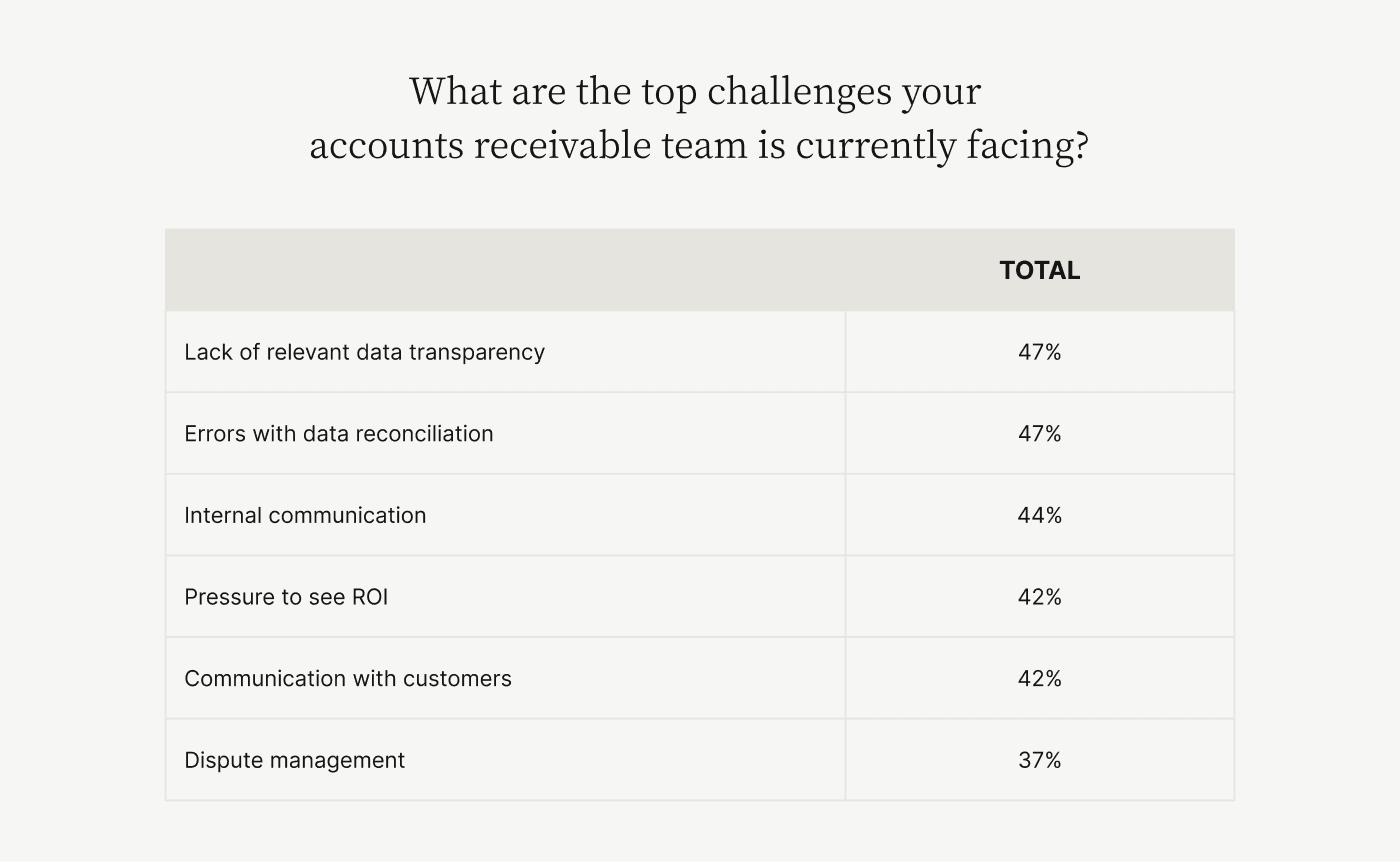
High adoption rates that make new software work as robustly as possible result in high speed to value. Conversely, low adoption rates are a leading cause of software failure. Both of these statements are especially true for digital billing and invoicing platforms, as the usefulness of such systems depend on the majority of your customers adopting and using them.
More than 85% of CFOs say that unless most of their customers use their payment portal, they won't see a sustained ROI from this software. And in that case, your accounts receivable is stuck managing a digital invoicing system while still servicing a substantial cohort of customers in outmoded, manual ways.
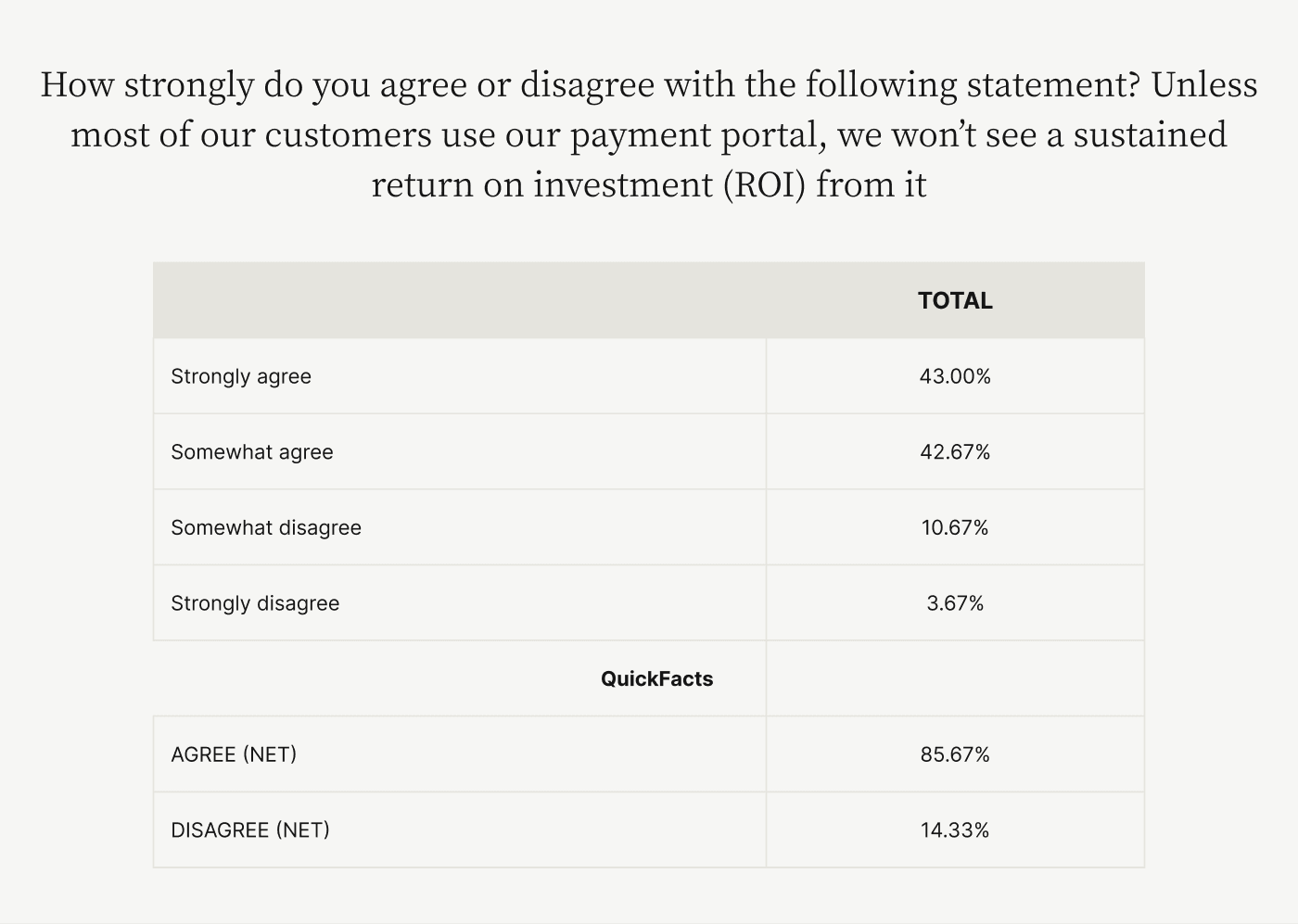
High adoption may not come easily, however. You’re asking your customers to switch how they receive and pay your invoices—a process of change that can be met with resistance. To reduce barriers to adoption, it’s important that you make onboarding as straightforward as possible, with information and instructions coming from a trustworthy source.
Email masking can support this transition, ensuring that your customers are as likely as they can be to embrace and trust your new method of delivering invoices and receiving payment. They may mistrust an email that comes from a domain they don’t recognize, believing it to be irrelevant, a bit of unsolicited sales outreach, or even a scam.
But they’ll trust communications from you.
And not only are customers more likely to trust and open an email that comes from your owned domain, they are also more likely to trust and embrace the new invoicing and payment system that the email directs them to.
Best practices for customer-friendly invoicing
AR automation software is designed to help make your invoice-to-cash process more efficient, so you can do more with less, but the best of these platforms also focus on making your customers’ experience of invoicing and payment easier and smoother.
Email masking is one piece of this larger picture. Here are a number of best practices for invoicing that will make your customers’ lives easier, all of which are facilitated by AR automation:
Email masking: As discussed above, your customers are more likely to trust and engage with an email address that appears to originate from your company’s domain. Email masking not only increases the chances of your invoices being opened and paid, it also lets your customers feel confident in your communications and avoid worry about the trustworthiness of your invoicing solution.
Automated payment reminders: Automating payment reminders ensures that these notices will be punctual, error-free, and—if you use email masking—appear as trustworthy communications from your company. Customers can feel confident that these communications are part of an organized and well-handled process.
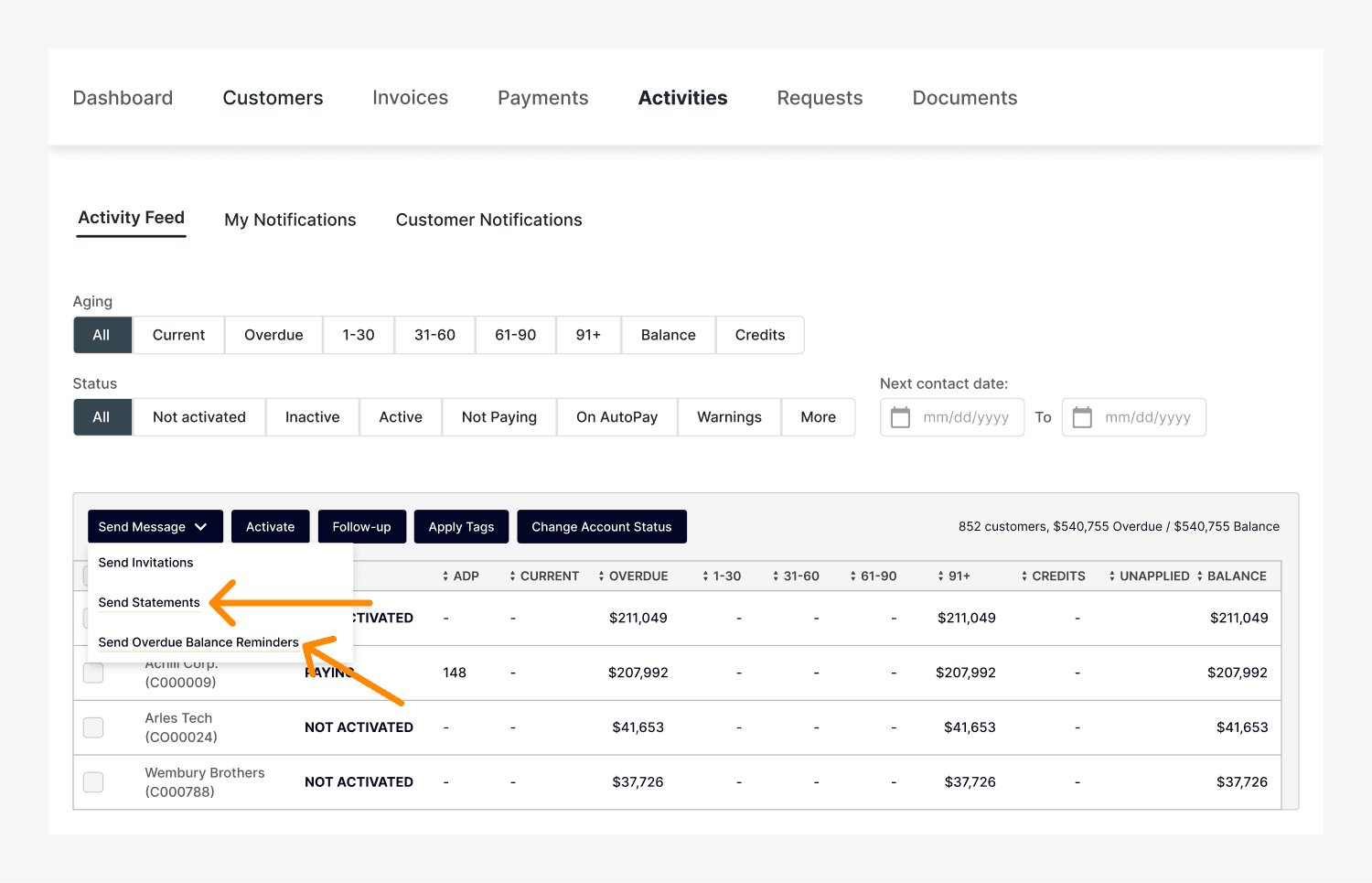
Invoice personalization: The larger practice of which email masking is a part, invoice personalization allows you to deliver invoices that satisfy the particular needs or priorities of individual customers, providing them a better invoicing and payment experience. For example, a personalized invoice may include a digital payment link of a particular type based on the customer’s desired payment method, allowing them to satisfy the invoice with as little hassle as possible.
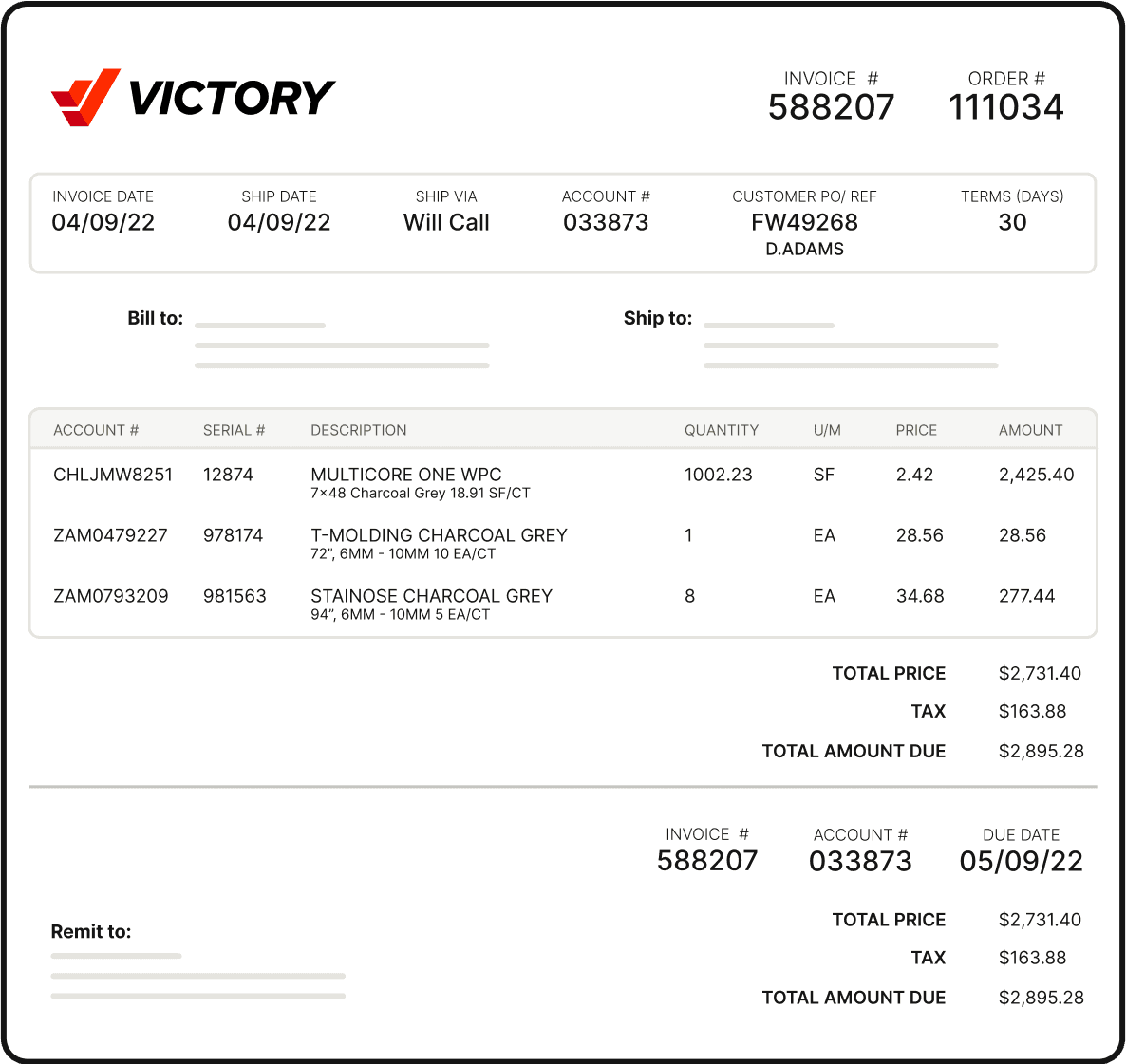
Digital payment options:Many customers these days prefer to pay their bills using electronic options like credit cards or digital wallets. An important way to make your invoicing process more customer-friendly is to enable these payment options, and include links-to-pay embedded in the invoices. Customers can pay with a click or two, reducing their hassle, and you can receive payment more quickly, increasing your cash flow.
Organized communication: Back-and-forth communication over email or phone can be an Achilles heel of the manual invoice-to-cash process, and often presents a headache to your AR team and your customers alike. An organized communication process conducted via a customer portal can reduce a lot of the confusion and annoyance. The AR automation system saves all communication and supporting information pertaining to a certain invoice in a single, always-accessible location. This allows for faster, more straightforward communication, including on any questions or disputes that arise.
Email masking for accounts receivable automation success
Email masking can make a huge difference in the success of your AR automation project and resulting invoice deliverability—and can accordingly accelerate payment.
The proof is in the pudding here at Versapay: One of the reasons our customer portal has an ~82% adoption rate—high above the industry average of ~20%—is because of Versapay’s email masking and customization capabilities.
Get in touch to learn more about how email masking can be a key piece of your accounts receivable automation project.
About the author

Katie Gustafson
Katherine Gustafson is a full-time freelance writer specializing in creating content related to tech, finance, business, environment, and other topics for companies and nonprofits such as Visa, PayPal, Intuit, World Wildlife Fund, and Khan Academy. Her work has appeared in Slate, HuffPo, TechCrunch, and other outlets, and she is the author of a book about innovation in sustainable food. She is also founder of White Paper Works, a firm dedicated to crafting high-quality, long-from content. Find her online and on LinkedIn.
